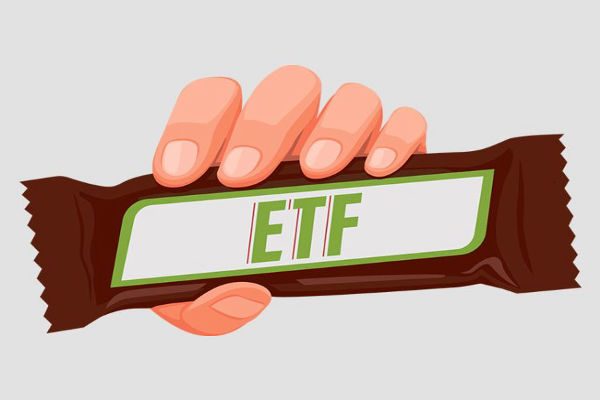Foreign exchange speculation can be divided into two types: short
speculation and long speculation, and different speculative methods are suitable
for different market environments and investor risk preferences.

What Are the Categories of Foreign Exchange Speculation?
(1) Bearish Speculation
Short speculation (Bearish) refers to speculators predicting that foreign exchange
futures prices will fall, selling first and then buying, hoping to sell at a
high price and buy at a low price to hedge.
Example 1: On March 10th, a speculator predicted that sterling futures would
enter a bear market, so he sold four three month sterling futures contracts at a
price of 1 pound=1.8930 US dollars. On March 15th, the price of sterling futures
fell as expected. The speculator bought two 3-month GBP futures contracts at a
price of 1 GBP=1.8880 USD to close their positions. Afterwards, sterling futures
entered a bull market, and the speculator had to buy two other three month
sterling futures at a price of 1 pound=1.8950 US dollars to close their
positions. The profit and loss was as follows:
(1.8930-1.8880) × sixty-two thousand and five hundred × 2=625 USD
(1.8930-1.8950) × sixty-two thousand and five hundred × 2=-250 (USD)
Without calculating the handling fee, the speculator profited $375 from the
short speculative trading of sterling futures.
(2) Bullish Speculation
Long speculators (Bullish) predict that foreign exchange futures prices will rise, so
they buy first and then sell, hoping to buy at a low price and sell at a high
price to hedge.
Example 2: On June 10th, a speculator predicted that Swiss franc futures
would enter a bull market, so he bought two 6-month Swiss franc futures
contracts at a price of 1 Swiss franc=0.7387 US dollars. On June 20th, the Swiss
franc futures price did indeed rise. The speculator sold two 6-month Swiss seven
franc futures contracts to close their positions at a price of 1 Swiss
franc=0.7485 US dollars, with a total profit and loss as follows:
(0.7487-0.7387) × one hundred and twenty-five thousand × 2=2450 USD
Without calculating the handling fee, the speculator made a profit of $2450
in a long speculative trading of Swiss franc futures.







